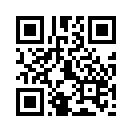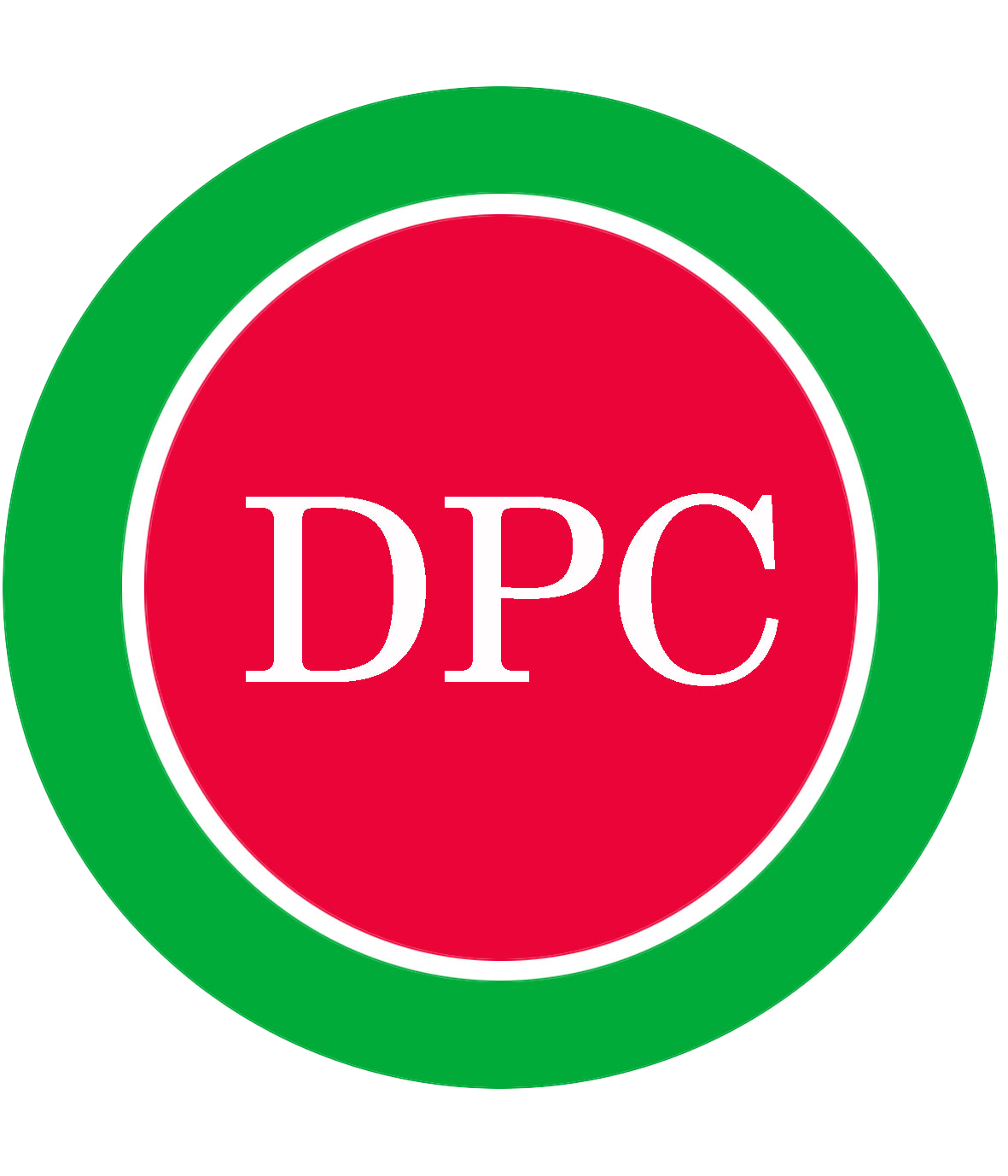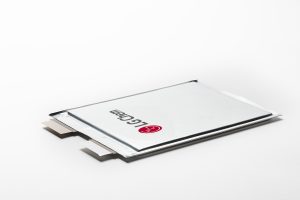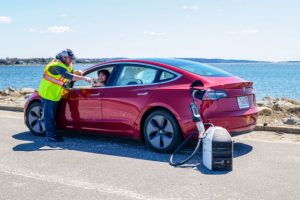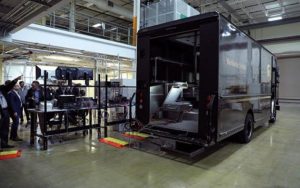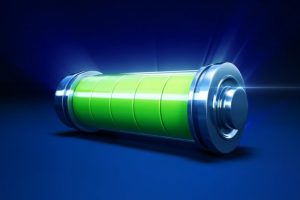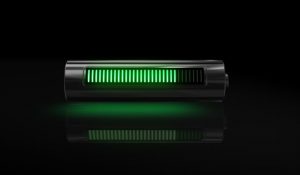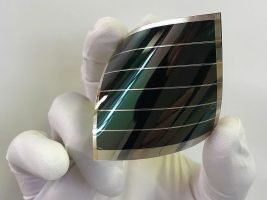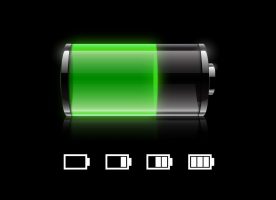There is no need to replace the battery when the vehicle is scrapped. Tesla successfully applied for 4,000 charge and discharge and 1.6 million km battery patents
/in Industrial NewsSuccessful delivery: ORNL demonstrates bi-directional wireless charging on hybrid UPS truck
/in Industrial News, News CenterBattery Researchers Look to Artificial Intelligence to Slash Recharging Times
/in Industrial News, News CenterGM Licensing Its New Battery Tech Could Put Tesla Out of Business
/in Industrial News, News CenterPublished: March 8, 2020GM has unveiled its new battery system, Ultium. By licensing it to other automakers, GM’s latest innovation could knock Tesla from contention as the world’s leading electric vehicle manufacturer. | Image: Steve Fecht/General Motors via AP
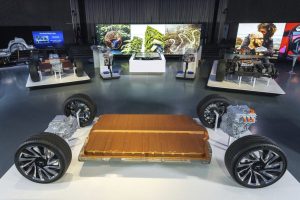
Dr.Power Corporation
3 FLOOR, NO.131, JILI STREET, BEITOU, TAIPEI, TAIWAN, R.O.C.
TEL:+886-2-28207419
FAX:+886-2-28270348
E-mail:[email protected]
